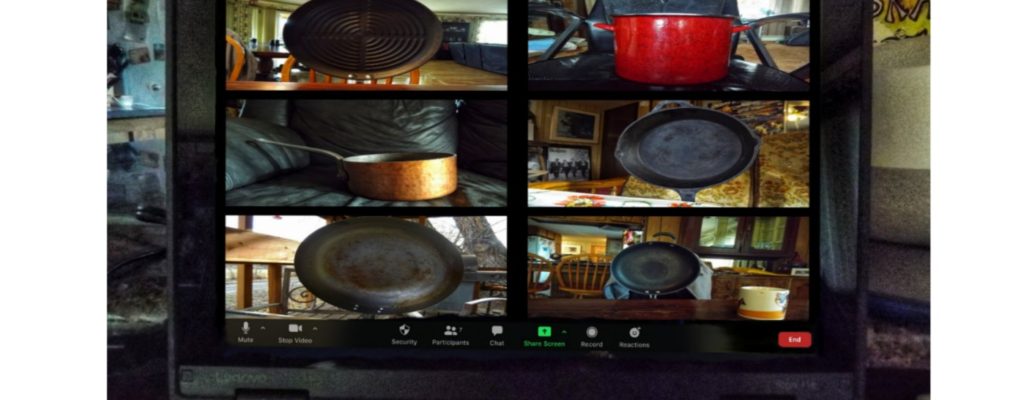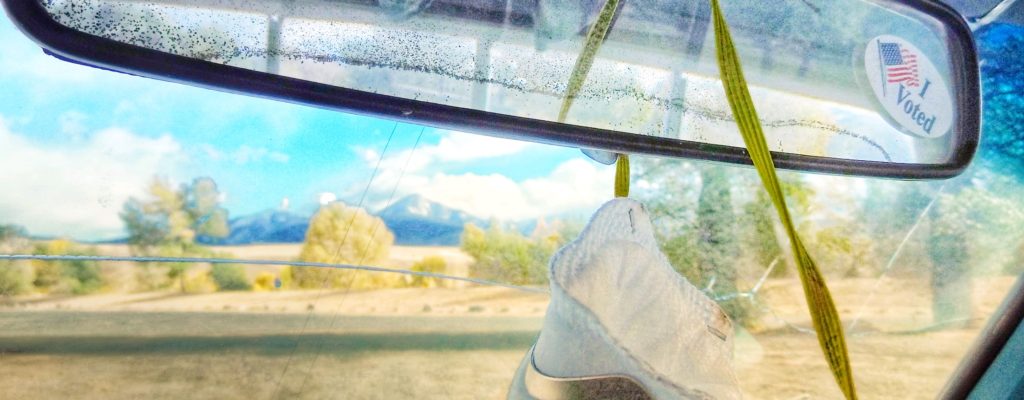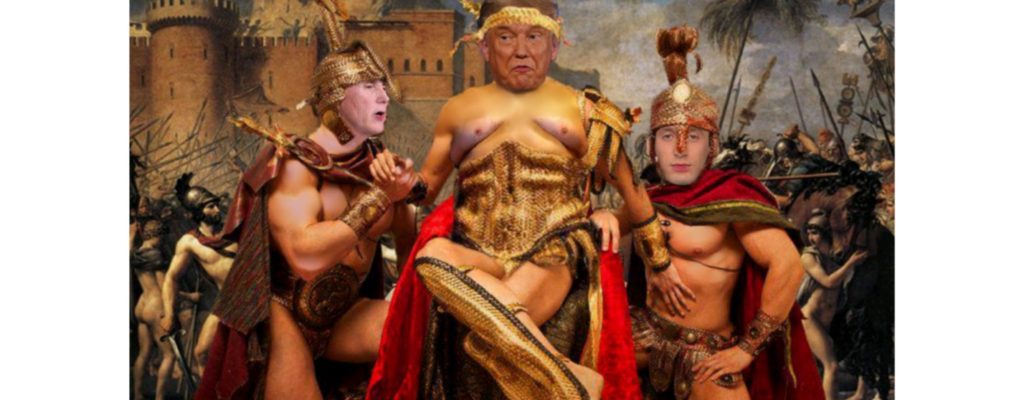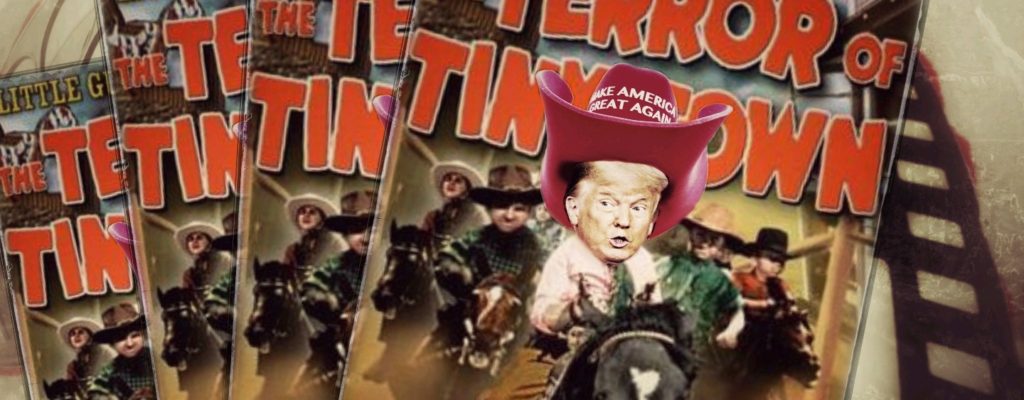Despite all of the oddness of this year’s Thanksgiving, it remains my favorite holiday. I like having a day devoted to just appreciating and being thankful for whatever it is that is our lot, especially those precious moments spent with family and friends. It is also a day to think about others who might not be so fortunate, who are lonely shut-ins or are homeless, or ailing in so many ways from this devastating virus that has so mercilessly gripped our nation.
It is also a time to wonder aloud how we might help, and resolve to act.
What I like best about Thanksgiving is that most of it takes place at a table that hosts our bounty—however meager or lavish—a place where we can linger for the better part of an afternoon or evening, enjoying our food and each other’s company, moaning all the while about having eaten too much. It’s a happy misery.
We did that this year. Courtney and her family, and Geri and I quarantined for fourteen days so we could share our first family dinner since an outdoor gathering early in the summer. It felt really, really good—the highlight of a ten-month drought of highlights. The dogs ran rampant, the cats aloofly recognizing the foolishness of it all; the grand kids babbled relentlessly, and we joined in the laughter, savoring moments that will change and grow more somber as they grow older.
We hugged, albeit briefly.
Evelyn played Fly Me to the Moon and Ode to Joy on the piano; Sean-Liam expressed his interest in zombies as he assessed the quantities of food each of us took and challenged our heights. I came in second in food; still first in height, although perhaps not for long. He’s growing like the proverbial weed.
Tucking in with a notebook, pencil and a glass of Scotch at home late Thursday, I started thinking about the great meals I’ve enjoyed here and abroad. A great meal is defined not only by the quality of the food but by the people with whom you share it.
Courtney complained that her mashed potatoes weren’t up to snuff, which to her somehow belied her being Irish. I said that her that the potatoes were fine and reminded her that she’s only half Irish. Had she relied on the other half of her ethnicity, the potatoes would have been boiled and tossed with butter and parsley.
(In two weeks’ time I will teach her my babi’s recipe for latkes, just in time for Hanukkah.)
If the potatoes had been forgotten on a back burner, dinner would have progressed with the gravy ladled onto other foods and a great time would still have been had by all.
One Christmas Eve, many years ago, Geri’s job demanded that she work at the admitting desk at what was then Livingston Memorial Hospital. When she took her meal break, the kids and I joined her in the basement cafeteria. We had mac n’ cheese, ham sandwiches and slaw…it was one of the most memorable meals of our lives. Like camping, one remembers best the one that was the worst.
I lived in New York City in the early ‘70s. One Thanksgiving, I found myself with no invite to any gathering. Feeling pathetically sorry for myself, I made my way to a diner on Avenue ‘A’ and St. Mark’s Place—a few blocks from my apartment in the East Village. I sat at the counter and ate an open-face turkey sandwich with mashed potatoes, peas, and cranberry sauce. It was terrible, but nonetheless quite memorable.
Before moving to the East Village, one of my band mates and I shared a two-room-plus-bath suite at a fleabag hotel at 74th and Amsterdam. The suite, which cost $35 a week, had three lights—bare bulbs hanging from single cords that were operated by pull strings. There was no refrigeration and only a single electric burner on which to cook. The cockroaches, who wandered about the space with abandon, were the size of my thumb. We were stone broke and dined frequently on canned smelt, a fish best known for its being food for other fish. A can of them cost 19ȼ. We fried them in oil and ate them with slices of white bread—the window wide open.
That fifty-year-old experience, memorable by any measure, prepared me for eating petit friture poisson avec frites one day in Conflans-Sainte-Honorine, the Paris suburb from which my beautiful daughter-in-law Pauline hails. What we thought was fish and chips—technically it was—turned out to be blanchaille, which, roughly translated, means “shiny guppies with bulging eyes.” They might also have passed for bait. But there were fries.
Near where I lived during those squalid times in NYC was Big Nick’s Burger & Pizza Joint, side-by-side operations on Broadway between 76th and 77th Streets. The place had been shown in Midnight Cowboy, the award-winning movie from 1969. When our band worked, I’d treat myself to a burger combo (fries and a Coke) that I remember costing less than $3.00.
A couple of miles south on West 52th Street, the venerable 21 Club served a hamburger a la carte whose price was in the neighborhood of $20.
Food and the dining experience have the potential to be transformative. For Julia Child, that moment came over a plate of sole meunière in a restaurant in Rouen, France, the very town in which the 19-year-old Joan of Arc was burned at the stake for heresy. By the dinner’s end she—Julia—had fallen in love with French cuisine—an affair that led to a career introducing countless others to French food through books and television.
Although having cooked Italian food since childhood, my view of that cuisine was forever altered when I first ate at Sostanza in Florence, Italy. Opened in 1869, it’s a hole-in-the-wall place with white tiled walls and a simple, hand-written menu. My first time there I had tortellini al brodo, each little pasta package plump with meat and cheese floating in the richest chicken stock I’ve ever tasted. I followed that with the bistecca alla Fiorentina, a two-inch-thick T-bone steak from Italy’s famed Chianina beef. On another visit, I had the pasta al sugo—penne tossed with an intensely meaty ragu.
One of my earliest “aha” moments came at a restaurant on the North side of Chicago, The Bakery. Housed in an old bakery that had undergone little renovation, the 25-seat eatery was opened by Chef Louis Szathmáry in 1963 and enjoyed a 26-year run. Chef was a gregarious man of great girth and an impressive handlebar mustache who ventured out of his kitchen to greet his guests. His food was a fusion of French and Hungarian styles. Bouillabaisse and Wiener schnitzel lived together happily on the menu, along with beef Wellington.
It was there that I had pâté for the first time. I mentioned to my father that it tasted a lot like babi’s chopped liver. He seemed bothered by that. It would have been risky to say either “not as good” or “better.” I just kept eating.
Photography by Courtney A. Liska
Sole meunière
Adapted from The Way to Cook by Julia Child.
2 skinless and boneless sole fillets, or other thin white fish fillet (I’ve made this with cod, as well)
Salt and pepper
1/4 cup flour on a plate
3 Tbs. clarified unsalted butter
Small glass of dry white wine (2-3 oz.)
4 Tbs. unsalted butter
1 Tbs. flat-leaf parsley, minced
1 tsp. lemon zest
3 Tbs. fresh lemon juice
One lemon, quartered for garnish
Place the flour in a large shallow plate. Pat the sole fillets dry with paper towels and season with salt and pepper.
Heat a sauté pan over medium-high heat. Dredge the fillets in the flour. When the pan is hot, add the clarified butter and place the floured fillets into the pan. Lower the heat to medium and cook on each for 2 minutes. Remove the fillets and keep them warm. Add the wine to deglaze the pan. Add the butter to the pan. After it melts, add lemon zest and juice. Pour the juice over the fillets and sprinkle with parsley. Serve immediately, with steamed potatoes with butter and parsley.
Pâté maison
Adapted from The Bakery Restaurant Cookbook by Louis Szathmáry.
1 c. finely minced onion
4 oz. chicken or duck fat
8 oz. chicken livers
3/4 # cooked chicken thighs
3 oz. unsalted butter (6 Tbs.)
2 oz. chicken or duck fat
2-3 Tbs. cognac
2 tsp. Parisian spice (see below)
Fry the onion in the fat over medium heat, cooking until very limp but not browned. Add the chicken livers (do not salt) and cook until all traces of pink are gone. Cool.
Grind the cooked chicken thighs through the medium blade of a grinder three times.
Next, grind the chicken livers and onions. Blend the butter and 2 oz. of fat with a mixer or spoon, adding the meat and liver mixture slowly. Add the cognac the Parisian spice. Chill and serve with crusty bread, cornichons and peppered radish slices.
Parisian spice
1 Tbs. dried rosemary
1 1/2 tsp. ground cloves
1/2 tsp. ground nutmeg
1 tsp. ground white pepper
1 Tbs. dried thyme
1/2 tsp. ground allspice
1 Tbs. powdered mace
2 tsp. Spanish paprika
2 Tbs. cinnamon
1 Tbs. crushed bay leaf
1 c. salt
Grind and blend.









